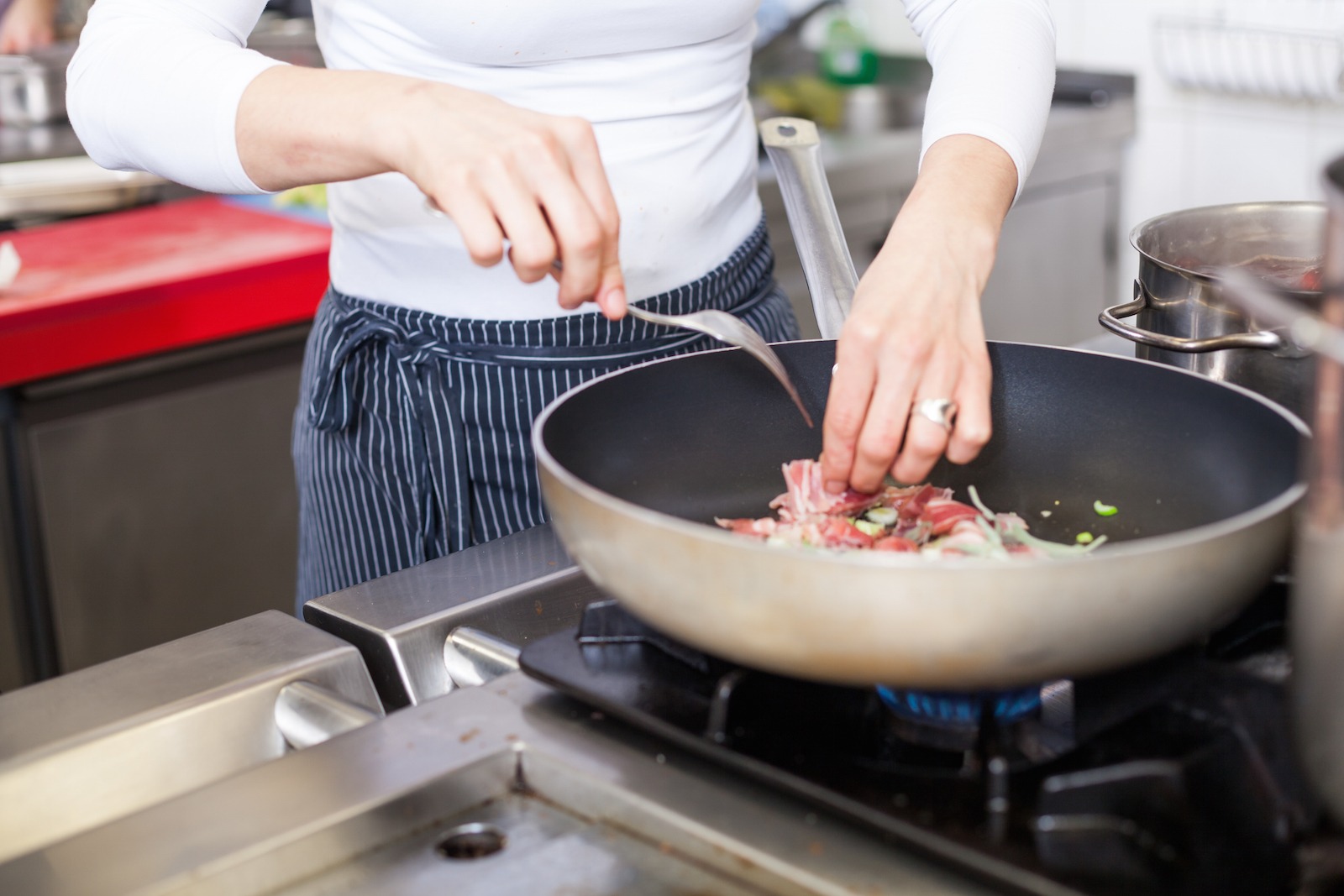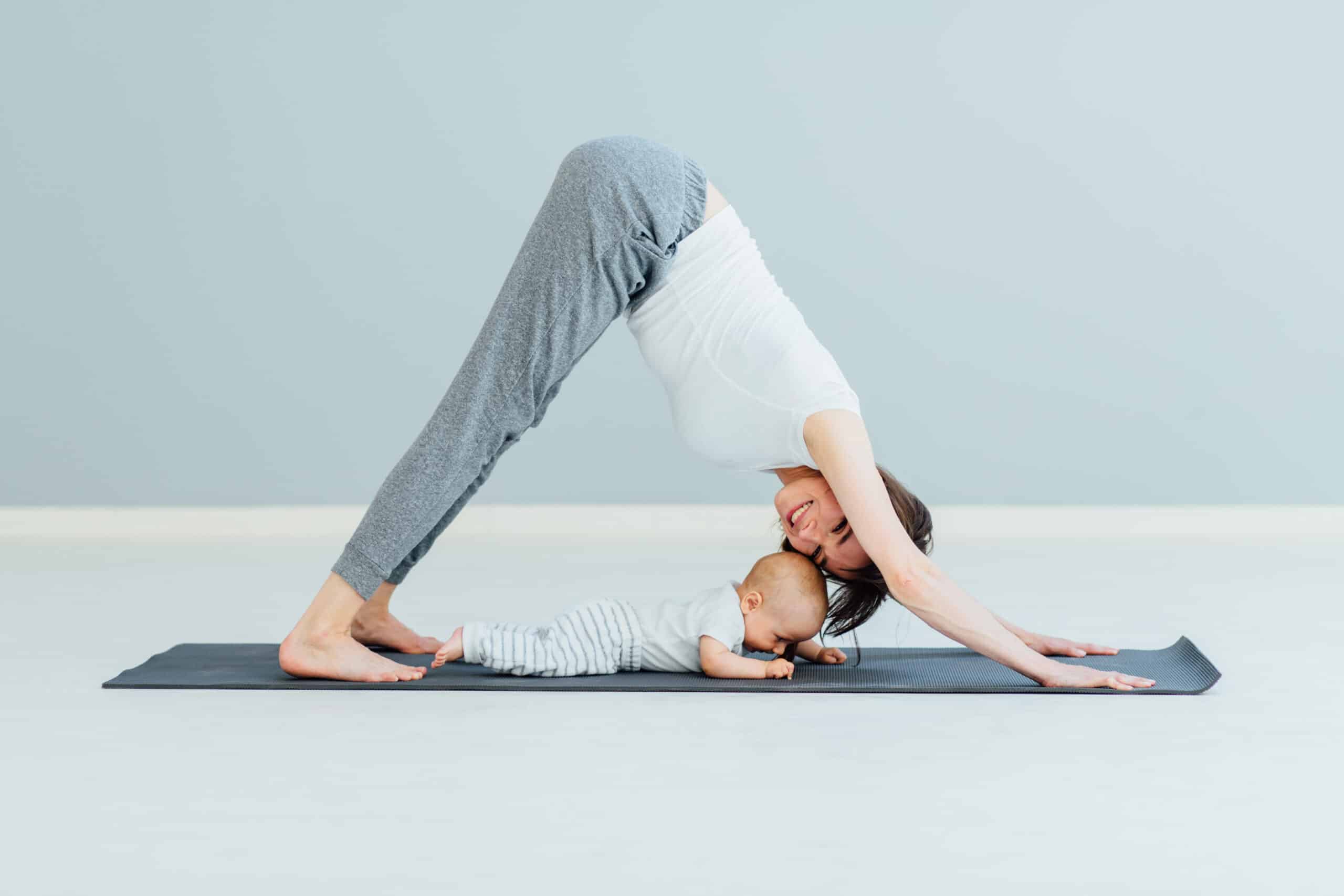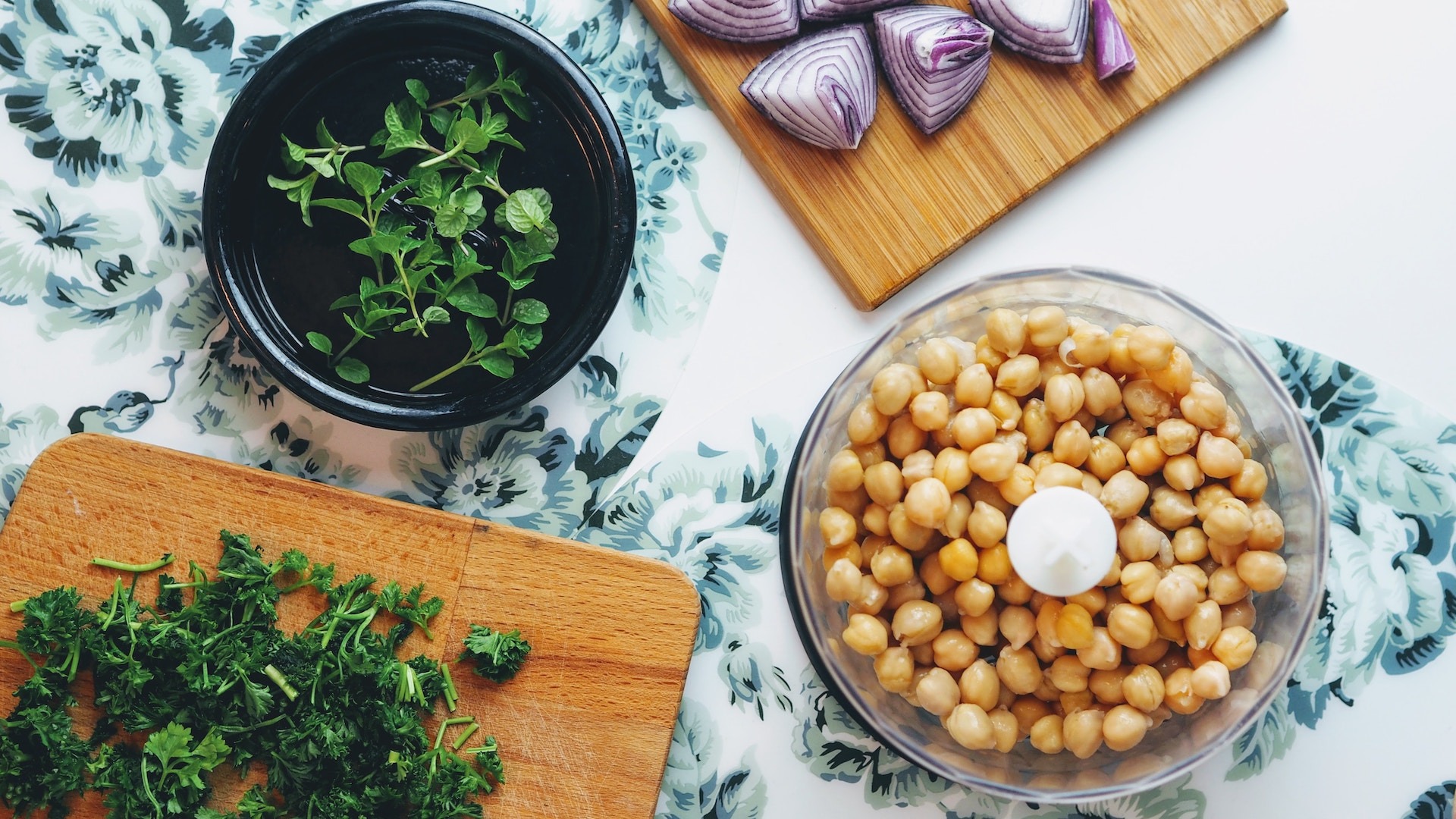Are Non-Stick Pans Safe?
Home » Live Consciously » Are Non-Stick Pans Safe?
By Emma Stessman
If you’re looking for convenient cookware, non-stick pans often seem like the best option. Their smooth surfaces prevent even the most common culprits—like eggs, seafood, or pancakes—from sticking to the bottom of the pan. That means there’s a better chance meals will turn out as planned and that you’ll be saved from endless hours of scrubbing and soaking.
But in some people’s minds, non-stick has also become synonymous with chemical-laden and dangerous.
Since there’s no doubt they make cooking easier, the question is: Are non-stick pans safe? We took a look at the research on this common kitchen staple, so you can make the best choice next time you saute.
Non-Stick Chemicals in Your Food
Much of the hesitation around non-stick cookware comes from the chemicals that make them so easy to use. Most pans on the market are coated in polytetrafluoroethylene (AKA Teflon), one of a handful of kinds of polyfluoroalkyl substances (PFAS). Even if you haven’t heard of the chemicals, you’ve definitely used PFAS-containing products. They’re used in stain-resistant clothing, cleaning products, food wrappers, and much more. The controversy around the widespread use of these chemicals comes from the fact that they have been linked to some adverse health effects, like hormone disruption and immunity issues. PFOA, a specific chemical used in Teflon, has been shown in animal studies to increase risk of liver, breast, and pancreatic cancers; results linking it to cancer in human studies have been mixed. Most companies have also been phasing out the use of PFOA in pans since 2013.
The good news is, your risk of actually ingesting the Teflon from your cooking materials is very low. If you’re cooking at temperatures higher than 570°F, the Teflon coating can break down and release fumes, but it’s unlikely you’ll ever be cooking at a temperature that high. Most experts agree that bits of the chemicals getting into your scrambled eggs is not an issue.
RELATED: Are Microwaves Actually Bad For You?

The Long-Term Effects of Non-Stick Chemicals
While the risks of ingesting the chemicals during dinner are low, the real issues come from introducing those chemicals into the environment. PFAS are often called “forever chemicals,” because they never break down. (Like, never.) Meaning, once they’re introduced into your body or the environment, they’re sticking around.
When these chemicals are released, they can make their way into the air we breathe and the water we drink, and then make their way into our bodies in significant (and potentially dangerous) amounts. In a 2016 study, researchers from Harvard University tested more than 36,000 drinking water samples from across the U.S. They found that more than 16 million people are drinking water contaminated by PFAS. Even more frightening, 66 different water sources serving six million people were found to have at least one water sample that surpassed the levels of PFAS that the EPA considers to be safe. So it’s not entirely surprising that a 2015 study of more than 1,800 individuals found PFAS in 97 percent of the participants blood samples.
RELATED: Are There Tiny Pieces of Plastic in Your Bottled Water?
It’s clear that PFAS are a major threat to human health. And while non-stick pans are only a small part of the larger issue, by buying these products, you’re introducing more of these chemicals into the world, creating the opportunity for further contamination.
The Bottom Line
While they may make your life a little easier in the short-term, non-stick pans are not worth the extended, widespread environmental damage they contribute to.
Some non-stick pan companies now also make claims that they’re PFOA-free, while at the same time using other PFAS, like PTFE. Since it can be hard to tell what their coatings are actually made of, it’s best to avoid them. Same with “ceramic” non-stick brands. Those companies are also using a coating, and it’s unclear exactly what’s in it. (They also reportedly don’t deliver “non-stick” results over time.)
Opt for sturdier, longer-lasting options like those made with cast iron or stainless steel (you can read our comparison of the two here), instead. They may require a little more care when it comes to prep and clean-up, but in the end you’ll know you’re choosing the healthier and safer option––for everyone. And you won’t have to keep shelling out more cash for new pans, since they can last a lifetime.
(Photos: Shutterstock)
The Nutritious Life Editors are a team of healthy lifestyle enthusiasts who not only subscribe to — and live! — the 8 Pillars of a Nutritious Life, but also have access to some of the savviest thought leaders in the health and wellness space — including our founder and resident dietitian, Keri Glassman. From the hottest trends in wellness to the latest medical science, we stay on top of it all in order to deliver the info YOU need to live your most nutritious life.
DISCOVER MORE
RECENT ARTICLES

Want a sneak peek inside the program?
Get FREE access to some of the core training materials that make up our signature program – Become a Nutrition Coach.
Get Access"*" indicates required fields
 Live Consciously
Live Consciously












































































































































































































































































































































































































































































































































































































































































































































































































































































































































































































































































































































































































































































































































































































































